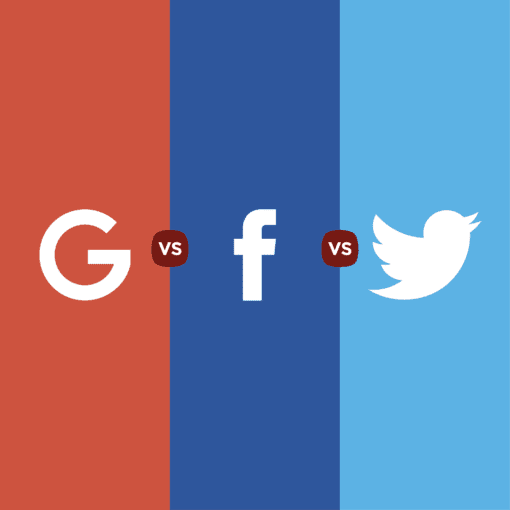The Art of Storytelling in Your Content Marketing
It’s those everlasting stories that got stuck in our minds when we were kids and carried them to read to our little ones today. Storytelling is part of what makes us humans; we are all built to tell stories regardless of our age.
But what if I tell you that storytelling plays an important in your content marketing strategy? What would your approach be? And how would you write a content to be remembered? In this article, I will highlight the main elements of storytelling and how can you, as a marketer, make use of it.
Customize Your Message
When composing your message, know exactly what your audience want to read. It is important to craft posts and articles your potential audience is asking for. Once you are aware of what your potential audience need, then storytelling will be planned correctly and eventually you will become ready to deliver. But the challenge is how to find what your audience want. Well, this should be done through different ways; you can either reach out your sales people and ask them about the frequently asked questions their customers, or send out a survey to your database asking them about their interest. You can even go to Google Keyword Planner and search for keywords in your business and see what people are searching for.
This would help you to get an insight of what your potential audience are interested in. You can go old school and get feedback from exhibitions and events you participate in, event one-to-one meetings you do. The options are endless.
Know Your Key Characters
If you are writing a story, try to create use the Hero Journey template that was created by author Joseph Campbell. It’s a simple yet very successful method that creates a hero, a criminal, a challenge, and a victim. Like all stories, the hero faces problem to overcome a challenge which is faced by obstacles by the criminal, but like most of all stories, the hero wins and the criminal loses.
Think of this scenario in your marketing activity through this example; Your audience is keen to understand better how to launch a successful advertising campaign on Google and you are quite familiar of how to do so. The best scenario would be to state the problem and the challenges faced when launching a bad campaign and how some marketers spend money without reaching the goals they desire. By now, you accomplished your first goal of attracting the interest of those who are really facing this problem. Then comes the hero part of your story which would be the solutions of how to optimize your campaign and what needs to be done to get things back in track. This is the most important part of your story where you fully got the attention of your readers. Finally, you state the expected results of the work done, the happily ever after closing. Your hero in this case is the solution you provided to your readers.
Think of what’s in it for you?
Now definitely with the above scenario, you delivered a great story with the best ending solution, but this is not enough! Remember, you’re a marketer and not only a storyteller. Yes, you need to deliver an exciting story but at the same time you need to sell yourself or the products you’re promoting. So, you need to customize your story to make what you’re selling the indirect hero and become credible in the eyes of your audience. The best practice for that would be following the 80-20 rule.
Keep it simple, straight forward, and exciting
Respect your readers time. They don’t have all day to read your post. Keep your story simple, straight forward and most importantly exciting. Raise your case at the beginning, escalate the problem in the next paragraph, write down the solutions afterwards and end your story with a marketing message you want to deliver. I personally recommend writing in simple language regardless of what subject you’re covering. Make it exciting so you keep your audience entertained all through their journey.
Finally, you need to understand that you are not able to deliver all your marketing messages in one story, and if you tried so, you might end up with a stuffed story that can’t deliver what you really aim for. It’s like mixing Cinderella and Snow-white story in one; you think they are the same but each has its own plot and ending.
Applying this scenario would definitely rank you as a good content marketer using storytelling technique. Try it, and you will surely make the impact you desire.
In case you wish to know more details about content marketing, talk to us and we will tell you the best story you want to read.




